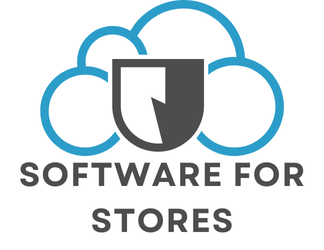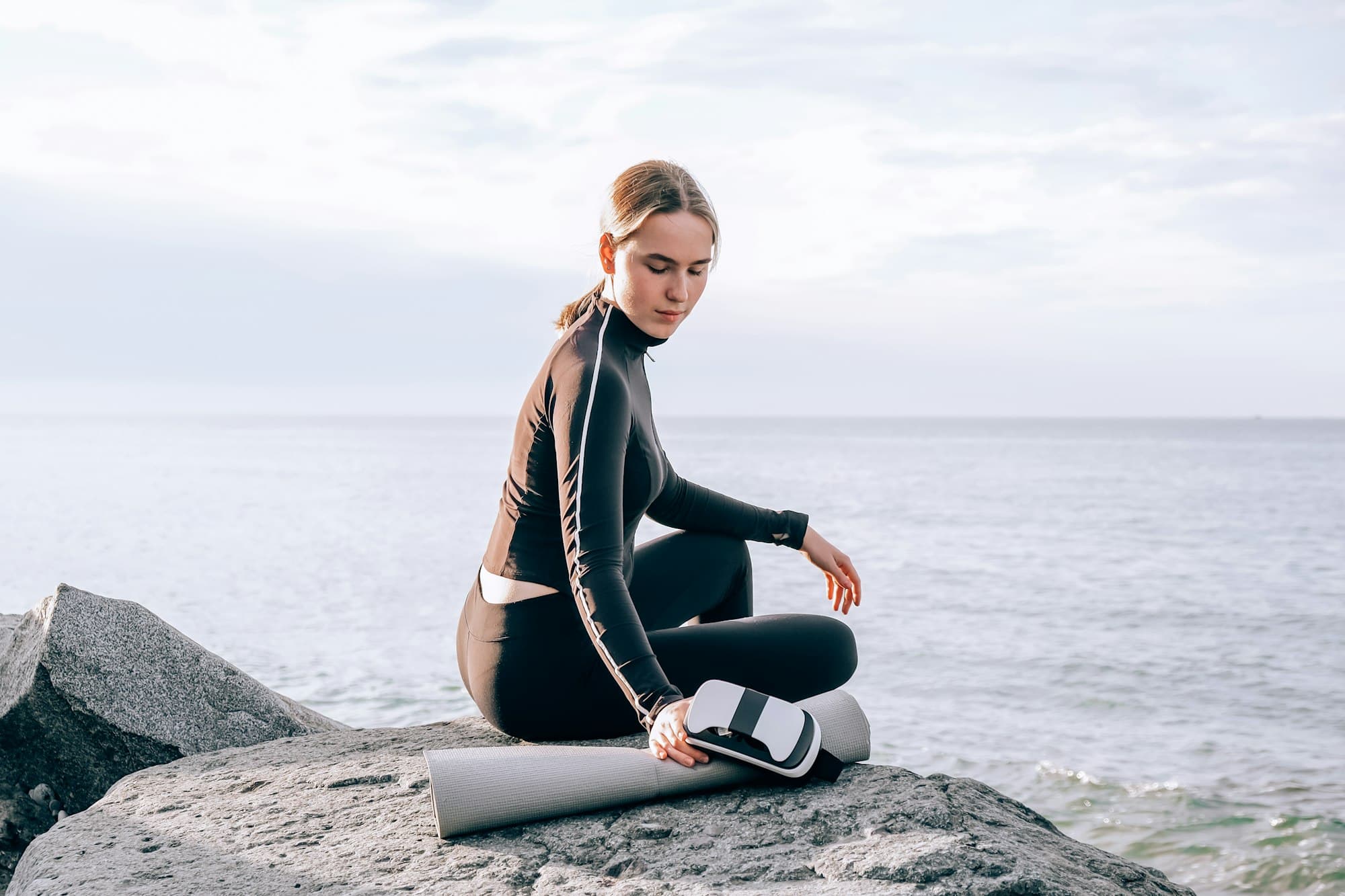The fashion retail landscape in the UK is evolving rapidly, driven by technological advancements. Augmented reality (AR) is at the forefront, creating immersive virtual shopping experiences that engage customers like never before. Imagine trying on clothes without stepping into a fitting room—AR enables this and enhances personalization. This article explores how UK retailers can leverage AR to transform shopping, drive sales, and foster customer loyalty while meeting the demands of modern consumers.
Overview of Augmented Reality in Fashion Retail
Augmented Reality (AR) is revolutionising the fashion retail industry, offering an interactive experience where digital elements enhance the physical shopping environment. Originating from the early 1990s, AR has evolved significantly, becoming a pivotal tool for retailers to engage customers. Today, AR technology allows consumers to visualise clothing and accessories in real-time, offering a seamless blend of the digital and physical worlds.
Additional reading : Top Strategies for Revolutionizing Customer Service with AI in the UK”s Telecom Sector
In the current landscape, AR is increasingly adopted by fashion retailers in the UK, aiming to enhance the shopping experience and boost sales. Brands are leveraging AR to provide virtual fitting rooms, where customers can try on clothes without physically wearing them. This not only enhances convenience but also reduces return rates, a significant challenge in online shopping.
Consumer trends in the UK indicate a growing preference for immersive shopping experiences. Shoppers are keen on personalised and interactive elements that AR provides. This trend is driven by tech-savvy millennials and Gen Z, who seek innovative ways to engage with brands. As AR technology continues to advance, its integration into the fashion retail sector is expected to grow, offering retailers a competitive edge in the dynamic UK market.
In parallel : Unlocking Student Success: Leveraging AI in UK Universities to Forecast Performance and Enhance Support
Innovative Applications of Augmented Reality
The integration of AR Applications in fashion retail is transforming how consumers interact with brands. One of the most popular uses is Virtual Fitting Rooms, which allow shoppers to try on clothes virtually. This technology is available in several AR-enabled apps, such as Zara’s and ASOS’s mobile applications, which offer users a realistic view of how garments fit and look on them without the need to physically wear them.
Enhancing E-commerce Platforms
E-commerce platforms are increasingly incorporating AR Applications to make online shopping more engaging. These platforms offer interactive features like 360-degree product views and personalised styling suggestions, enhancing the overall Interactive Shopping experience. For instance, H&M has integrated AR into their app, allowing users to visualise outfits in a real-world environment, thus bridging the gap between digital and physical shopping.
Interactive Features
The shopping journey is further enriched by interactive elements such as gesture-based controls and voice commands. These features make Interactive Shopping more intuitive and enjoyable. By enabling users to interact with products in a more dynamic way, AR not only increases customer satisfaction but also encourages longer engagement times, ultimately boosting sales for retailers.
Case Studies of Successful AR Implementations
Exploring Case Studies of AR in fashion retail reveals how leading brands harness technology to enhance customer experiences. Success Stories like that of Burberry demonstrate the transformative power of AR. By integrating AR into their mobile app, Burberry allows users to visualize products in their environment, increasing engagement and driving sales.
Retail Examples extend to Gucci, which has implemented AR to offer virtual try-ons for shoes. This interactive feature has not only improved customer satisfaction but also significantly reduced return rates. The data shows a marked increase in conversion rates, highlighting AR's impact on sales metrics.
Impact on Sales and Customer Engagement
The adoption of AR has led to notable improvements in customer engagement metrics. Brands report higher dwell times and increased interaction with digital content. For instance, Tommy Hilfiger's AR campaign in the UK saw a 30% rise in online traffic, demonstrating the effectiveness of AR in capturing consumer interest.
Lessons Learned
Successful AR campaigns teach valuable lessons. Brands must ensure technology is user-friendly and seamlessly integrated into existing platforms. Moreover, continuous updates and innovations keep the experience fresh and engaging. These insights underscore the potential of AR to revolutionize fashion retail, offering a competitive edge.
Benefits of Augmented Reality for Retailers and Consumers
Augmented Reality (AR) offers numerous benefits for both retailers and consumers, transforming the shopping experience into a more engaging and satisfying journey. For retailers, AR enhances customer engagement by providing interactive and immersive experiences that captivate shoppers. This increased engagement often translates into higher retail profitability, as customers are more likely to make purchases and less likely to return items.
For consumers, AR improves satisfaction by allowing them to visualise products in their own environment before making a purchase. This capability reduces uncertainty and enhances the decision-making process, leading to more confident buying choices. Moreover, AR provides insights into consumer behavior and preferences, enabling retailers to tailor their offerings to better meet customer needs. By analysing data from AR interactions, retailers can identify trends and adjust their strategies accordingly.
Retailers also benefit from the cost-effectiveness and efficiency of AR. By reducing the need for physical inventory and return processing, AR streamlines operations and lowers costs. Additionally, the data-driven insights gained from AR applications enable retailers to optimise their marketing efforts and product development, further boosting profitability. Overall, AR is a powerful tool that offers significant advantages to both retailers and consumers in the fashion retail industry.
Challenges and Future Prospects of AR in Fashion Retail
Adopting Augmented Reality (AR) in fashion retail presents several challenges. Retailers often face high initial costs for technology development and integration. Ensuring that AR applications are user-friendly and compatible with various devices can also be complex. Furthermore, maintaining updated content to keep consumers engaged requires continuous investment and innovation.
Despite these challenges, the future trends of AR in fashion retail are promising. As technology becomes more accessible and cost-effective, smaller retailers will likely adopt AR to enhance their customer experiences. Future advancements may include more sophisticated virtual fitting rooms and personalised shopping experiences, driven by artificial intelligence and machine learning.
The market potential of AR in the fashion industry is substantial. In the next decade, AR is predicted to significantly impact consumer behaviour, with more shoppers expecting immersive and interactive experiences. Retailers who successfully integrate AR could see increased customer loyalty and higher sales conversions. As AR technology continues to evolve, it holds the potential to redefine the shopping landscape, offering retailers a competitive advantage in a rapidly changing market.











